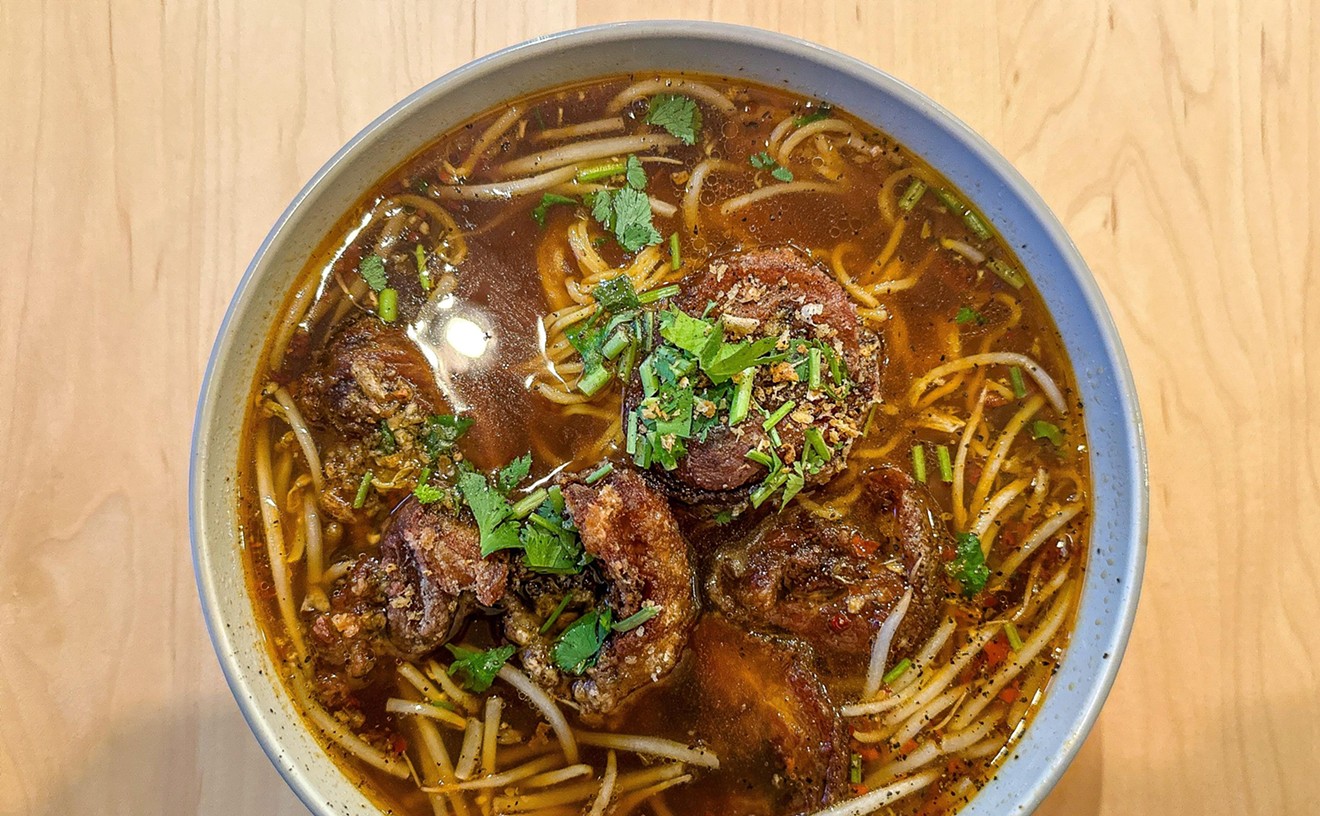"You don't really need to go inside to assess restaurant design," says John Crim, chief operating officer of RJS Associates, a design firm in Old Lyme, Connecticut. "You can drive past a restaurant and evaluate it--the parking lot, the lighting, the landscaping, the ease of entry." And that represents only part of the list. According to the National Restaurant Association, the average American eats 198 meals away from home every year, and 831,000 restaurants battle for attention. Design and layout have become the focus of restaurants, be they New American, Bistro, Themed, or Neighborhood Feel. "Today's market has become so competitive, it's not enough to have great food," says Sam Hatch of Hatch Design Group in Costa Mesa, California.
While patrons may think of the food, the service, the cost, or the atmosphere when choosing a restaurant, designers judge everything: food, cost, traffic flow, menu, ceiling height, color, efficiency, landscaping, etc. "I'm critical of about three-quarters of the restaurants I go into," Hatch says. "So many places are just not well thought-out." He doesn't like to target specifics. "Just go into any Denny's and start taking notes," he says.
No longer do restaurants value the fast-food herding model--the hard seats that limit sitting time and increase traffic flow, the rapid pace of delivery, the fries. "When people go out now, they're looking for comfort," says Larry Hertzler, director of operations for Scooter's. Hertzler spent six months immersed in design questions before opening his new restaurant. He laughs about the process now: "I can't tell you how many fabrics we looked at for booths." Hetzler even found himself pondering such improbable things as color and texture. "There are a lot of psychological factors involved in design," Hatch says. It's rather ominous, but designers believe they can manipulate your mind, bend you to their will. "Warmer colors, booths, lower ceilings, and multiple rooms" all generate a certain feeling, according to Hatch. "People will walk in and immediately like a place, but they can't explain why." Watch out for pastels: They possess a power no human can resist.
Designers refrain from listing common guidelines for good restaurant layout. Instead they study demographics and visit successful competitors as a first step. "You have to go into restaurants that work and try to put your finger on why," Hatch says. "And you've got to be very shrewd in order to create a place that matches the clientele." Hertzler spent quite a bit of time looking at the neighborhood and at the flow of people into, out of, and around different locations. Crim urges clients to study the demographics thoroughly. "You can spend a lot of money and not get the efficiency you need. We have to be very astute." Next they develop a floor plan, determined in part by location, clientele, and menu. Good designers make sure that servers can maneuver through the kitchen and the aisles, that the space accommodates people without crowding, and so on. "Lighting is often overlooked in this process," says Hatch, "but it's where restaurants can get their biggest bang for their design buck." He claims poor lighting will destroy an otherwise beautiful room.
The next step involves knowing the trends--something that requires a feel for what people want more than a command of hard numbers. Hatch looks at clothing trends. "Fashion is always a few years ahead of restaurant style," he points out. Unfortunately, this means a return to fondue, big couches, and other '70s trends sometime soon unless we all band together and put an end to this unwarranted revival. Current trends include nostalgia and open kitchens. Johnny Rockets in the West End combines both--the ambience of a 1950s hamburger joint and the open kitchen. "People love it," says Johnny Rockets manager Darron Tritsch of the open kitchen. "It gives them something to watch." It also prevents clumsy servers from putting spilled food back on the plate unbeknownst to guests.
Crim strives for timeless architecture, with an eye toward upgrades. "A kitchen should function for 10 years at a minimum and be built with expansion plans in place," he says. "If you do this up front, it saves a lot of money." He should call Red Lobster. Several years ago the national chain draped fishnets everywhere and built around open tables. A few years later they cozied things up with booths and separate, small dining areas. Now they seem bent on jazzing the place. They're even advertising Red Lobster as a hip place for happy hour. Did Crim say timeless or tasteless?










